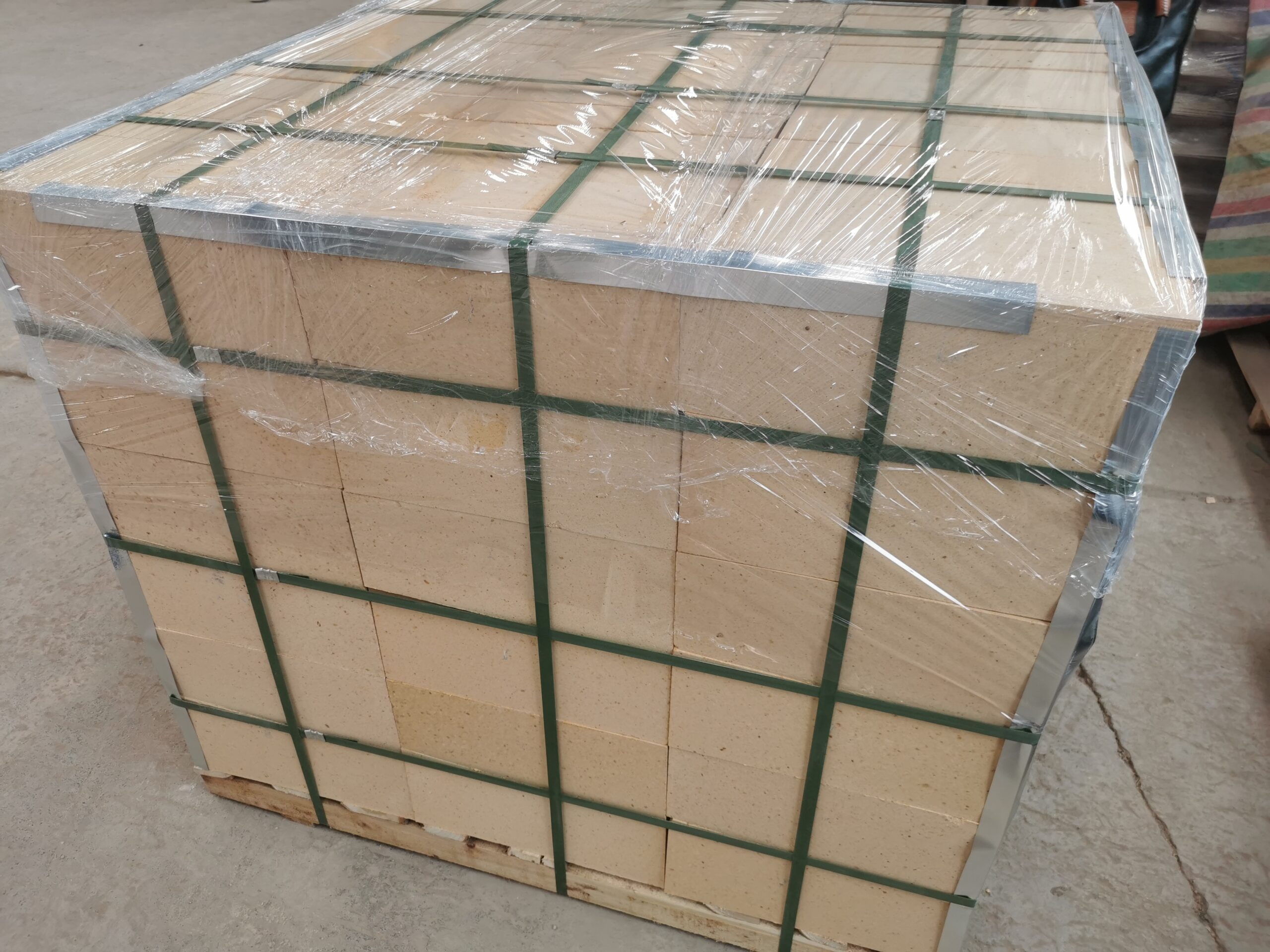Home » Posts tagged 'brick melting point'
Tag Archives: brick melting point
Understanding the Melting Point of Bricks: Thermal Resilience in Construction
Bricks, renowned for their durability and structural integrity, are fundamental components in construction. One crucial aspect defining their suitability for various applications is their ability to withstand high temperatures without losing their form or function. Understanding the melting point of bricks is pivotal in ensuring their thermal resilience and effectiveness in diverse building environments.
Composition and Manufacturing
- Primary Material: Bricks are predominantly made from clay, molded into shape, and fired at high temperatures in kilns. The firing process involves subjecting the bricks to extreme heat, leading to their vitrification and hardening.
- Additional Elements: Depending on the desired properties, additives or minerals may be included in brick composition, altering their physical and chemical characteristics.
Melting Point of Bricks
- Temperature Resistance: Bricks are known for their ability to withstand high temperatures due to the firing process during manufacturing. The typical melting point of standard construction bricks ranges from about 2,000 to 2,700 degrees Fahrenheit (1,100 to 1,500 degrees Celsius).
- Variations in Melting Point: The melting point can vary based on the specific composition and type of brick. Firebricks or refractory bricks, engineered for high-temperature applications like kilns or furnaces, boast higher melting points for increased thermal stability.
Application and Thermal Stability
- Structural Integrity: The high melting point of standard bricks ensures their structural stability in various building elements, allowing them to endure extreme temperatures without compromising their load-bearing capacity.
- Fire Resistance: Bricks’ ability to withstand high temperatures is critical in fire-prone environments, as they help contain fires and prevent structural damage or collapse in buildings.
Factors Influencing Melting Point
- Type of Brick: Different types of bricks are designed for specific purposes, with variations in their composition to cater to diverse thermal requirements.
- Firing Process: The temperature and duration of the firing process during brick manufacturing significantly impact their melting points and thermal resilience.
Importance in Construction
- Structural Safety: Understanding the melting point of bricks ensures the safety and structural stability of buildings in environments where elevated temperatures are a concern.
- Fire Protection: Bricks’ resistance to high temperatures significantly contributes to fire protection measures in buildings, limiting the spread of fires and enhancing safety.
The brick melting point is a critical factor in determining their thermal resilience and suitability for various construction applications. Bricks’ ability to withstand high temperatures due to their firing process ensures their structural integrity and fire resistance, making them indispensable in creating durable, safe, and resilient buildings. Understanding their thermal properties empowers architects, engineers, and builders to make informed decisions regarding the use of bricks in construction, ensuring the safety and longevity of structures in diverse environments.
